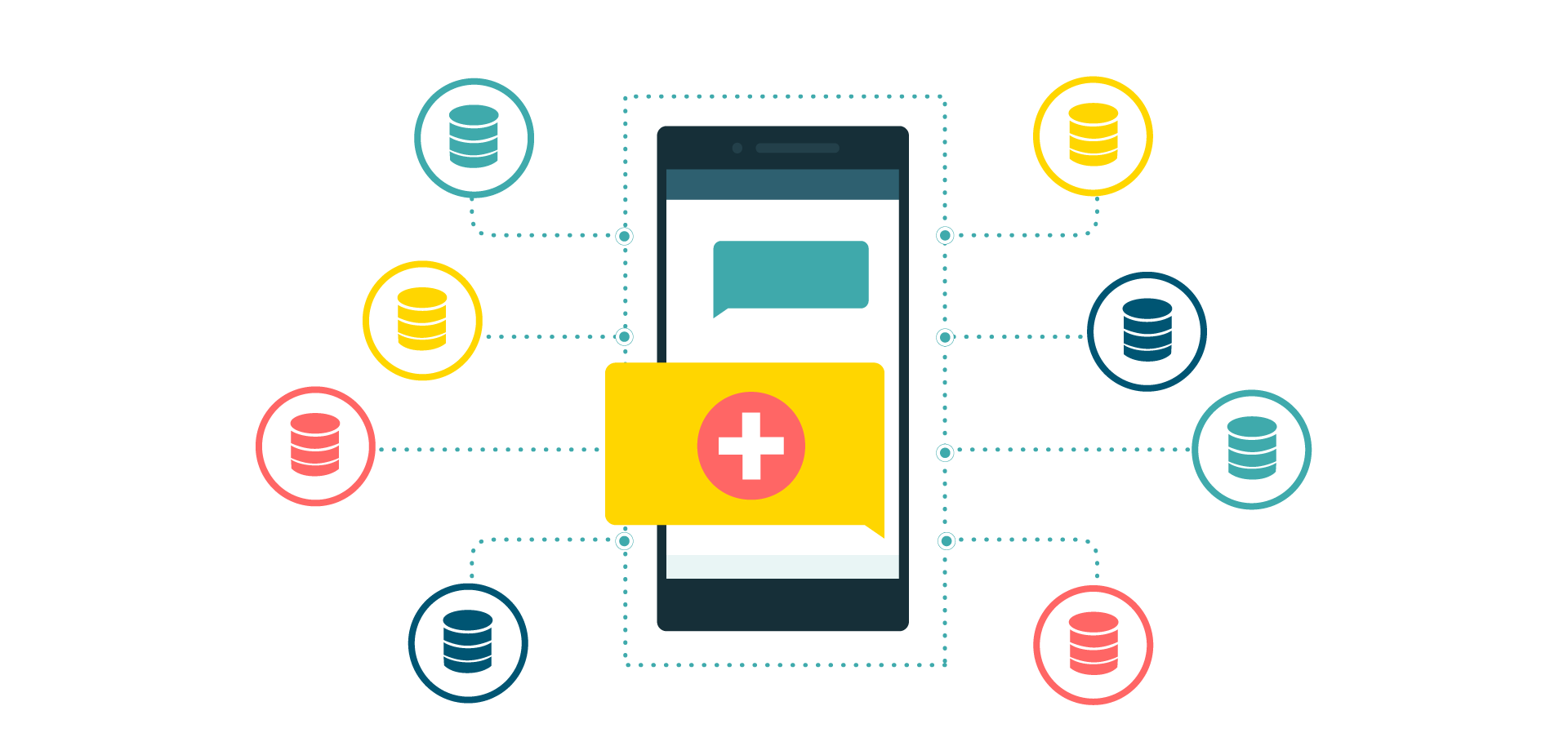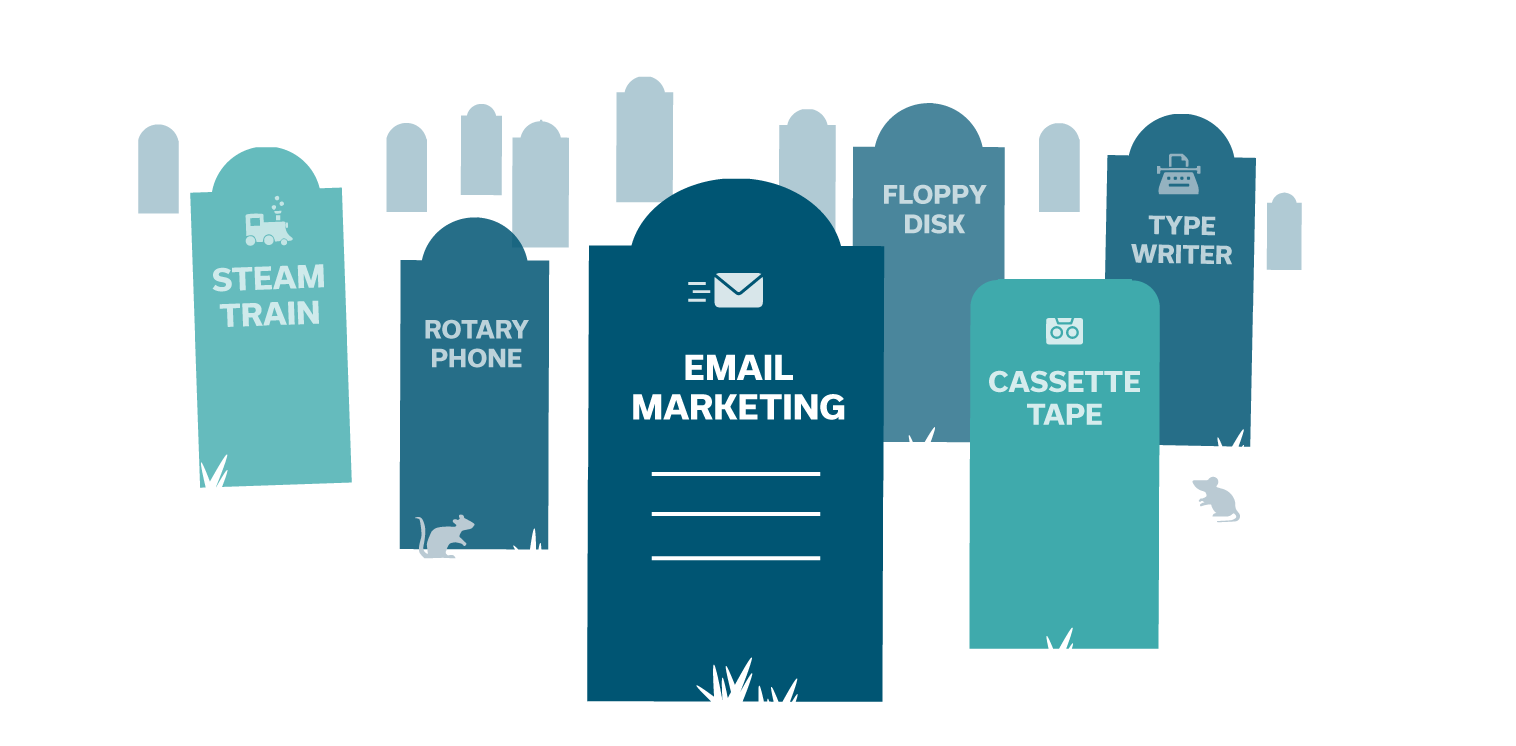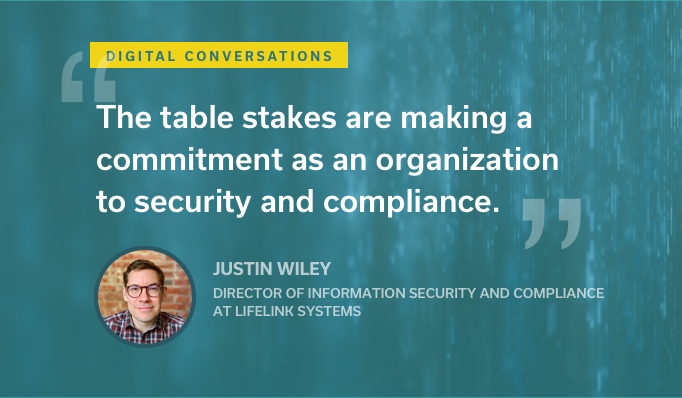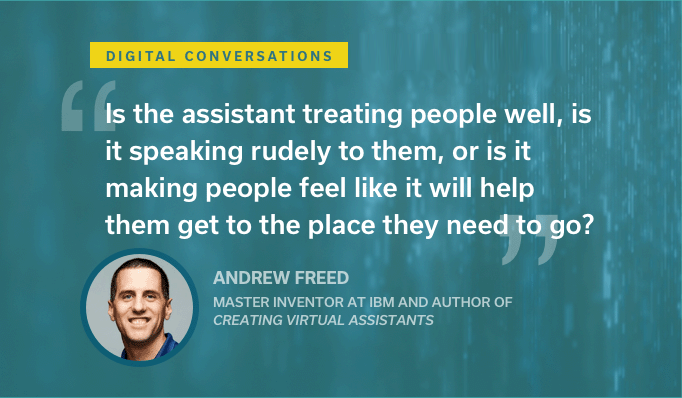Language is rapidly becoming the way people and machines communicate. We are in the early stages of a big shift. Asking smartphones for directions or instructing Alexa to turn up the music was phase 1; what comes next takes things to a new level. The age of the conversational digital assistant is upon us.
No industry stands to benefit more than healthcare. Human teams are stretched to the breaking point and the administrative burden continues to increase for patients. The idea of turning patient smartphones into smart healthcare helpers, capable of navigating people through every aspect of care through a language-based interface is compelling because it brings a level of simplicity that’s desperately needed.
Using words instead of apps, menu trees, and buttons removes the adoption hurdle that has flummoxed patients for years. Friction is the enemy of wide-scale engagement. While it’s remarkably cool to watch ChatGPT knock out a 900 word essay on the history of San Francisco, the task is more dicey when dealing with a high-end prescription or complex medical procedure.
Patient medical information is locked up in an array of different systems of record at providers, drug companies, and insurance providers. So if the digital assistant is to be game-changing and effective, an integration strategy is paramount. Because if the digital assistant can’t figure out what a patient’s out of pocket cost will be for a particular prescription, for example, it’s a failure.
From Dumb Chatbots to Smart Conversational Digital Assistants
Chatbots have been with us for a number of years. Most consumer websites have the little “How can I help you?” helper bot in the lower left corner. The early versions of the tech can provide some basic Q&A, and collect some data as part of call center operation. They can also be incredibly frustrating, forcing people into endless loops and dead ends. “Sorry, I don’t understand, please call this 800 number” remains a common, unacceptable outcome for many chatbot experiences to this day.
Until ChatGPT came along and reopened everyone’s eyes, many companies had given up on chatbots as they were doing more harm than good. Consumers generally hated them. But now, the bar has been raised and corporate IT departments are racing to reinvest in AI as a way to scale engagement and improve customer satisfaction.
The Internet provides a lot of the source material and memory function for the AI brains of today. There are a number of lawsuits from copyright holders challenging this dimension of the new technology so things could change some, but the genie is out of the bottle.
For business and the complexity that comes with administrative processes in finance, healthcare, retail, and manufacturing, there’s a huge dimension of knowledge and historical context required that’s not readily available on the web. There is a plethora of different, internal systems of record that most companies rely on, and tapping that data is what will make the digital assistants of tomorrow valuable.
Systems Integration is the Key
Good digital conversations need context. In the world of healthcare, it’s vital. Conversational digital assistants for patient engagement need to be integrated into systems of record if they are to have any hope of delivering value.
Today, if you ask a chatbot a question about a specialty medication the conversation is going to go something like this:
Patient: Is Nucala appropriate for my asthma?
Chatbot: Nucala is typically prescribed for people with severe eosinophilic asthma, which is a type of asthma characterized by high levels of eosinophils, a type of white blood cell, in the blood or sputum. Your doctor will determine if Nucala is appropriate for you based on various factors, including the severity and type of your asthma, as well as your medical history.
Similarly, patients will get somewhat helpful answers if they ask for contraindications or side effects for Nucala. It’s general information that’s widely available through the various online marketing sources that support every drug in the market. It’s handy information, but not the kind of thing that will make a dent in the administrative overhead where patients are most frequently seeking help.
If a patient tries to ask the chatbot whether insurance covers Nucala or if the medication has been delivered to the pharmacy, they will likely get a bunch of very generic, one-size-fits-all answers that are not helpful. Scenarios like this are common:
Patient: Is Nucala covered by my insurance?
Chatbot: Insurance may cover some or all of the prescription cost. You should contact your insurance provider to determine if your policy covers Nucala.
The specific information related to the patient is not in the corpus that has gone into the LLM. To get answers to the questions that the patient really cares about, the chatbot brain needs to be integrated with various other systems where specific data about each patient is held.
In the simplest case, the integration is just an API call to some known external system. If the LLM knew about an API, it might even generate the call to the API and provide a helpful answer to the patient. But in many cases, the integrations require the platform that powers the chatbot to receive and store data that is pushed to it. The platform has to support different formats and structures and protocols to receive that data. And it needs to have the ability to write data that is collected as part of a conversation back to the systems that need to be kept updated.
Once these integrations have been built, they have to be operationally monitored and maintained over time. Systems are upgraded and protocols evolve. Sometimes these integrations are with systems that are under your control and other times, they’re run by external partners which brings additional layers of complexity and risk.
Without a deep integration strategy, the opportunity to get patients engaged will be missed. All it takes is one or two failures, and they will return to the phones to get the answers they need. The specific, deep knowledge that delivers delightful patient experiences is what turns a dumb chatbot into a valuable, trusted digital assistant.
Modern digital assistants will use simple, intuitive language to help patients navigate the specialty medications ecosystem. But to deliver that engagement, they will need to be connected with other systems with integrations that are evergreen and actively monitored.
The size, complexity, and waste that are part of healthcare today may present the most important innovation opportunity of this century. The potential of AI and LLMs is real, and in time, it will make our smartphones into the administrative assistant we all desperately need.








